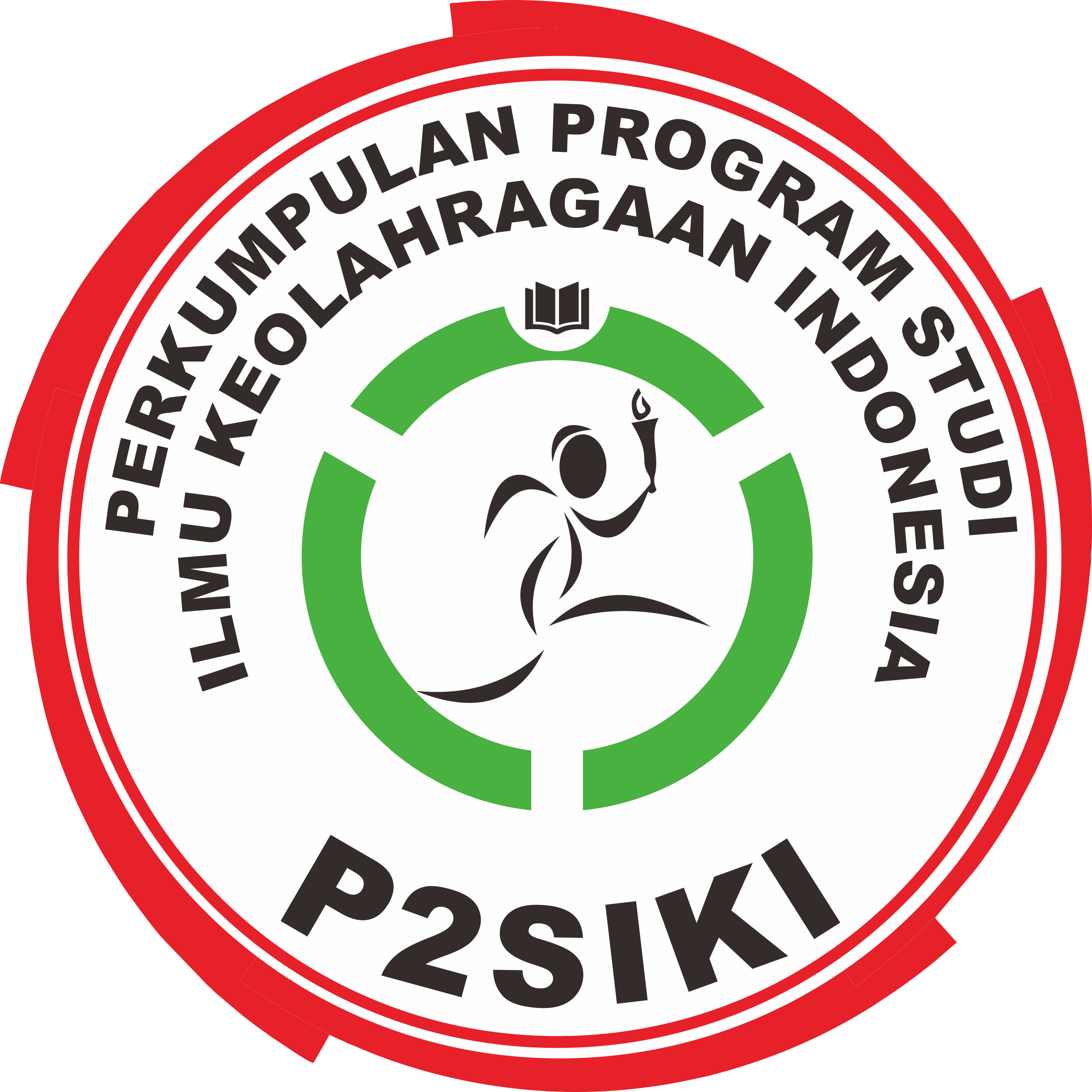Predicting the General Physical Fitness Level through Series of Field Tests among Students with Hearing-Impaired in Klang Valley, Malaysia
(1) Sport Science and Recreation Faculty, University of MARA Technology (UiTM) Shah Alam, Selangor, Malaysia
(2) Sport Science and Recreation Faculty, University of MARA Technology (UiTM) Shah Alam, Selangor, Malaysia
(3) Sport Science and Recreation Faculty, University of MARA Technology (UiTM) Shah Alam, Selangor, Malaysia
(4) College of Arts and Sciences, Universiti Utara Malaysia, 06010 UUM Sintok, Kedah, Malaysia.
(5) Universiti Malaysia Sabah, Malaysia
(6) Jurusan Ilmu Keolahragaan, Fakultas Ilmu Keolahragaan, Universitas Negeri Semarang
Abstract
Keywords
Full Text:
PDFReferences
Fragala-Pinkham, M. A., Haley, S.M. & Goodgold, S. Evaluation of A Community-Based Group Fitness Program For Children With Disabilities. Pediatr Phys Ther, 2006,18,pp159–167.
Ellis, M.K. The Influence of Parents Hearing Level and Residential Status on Health-Related Physical Fitness and Community Sports Involvement Of Deaf Children. Paleastra, 2001,17 (1),pp44-49.
Huang, Y.C., & Malina, R. M. BMI and Health-Related Physical Fitness in Taiwanese Youth 9–18 Years. Med. Sci. Sports Exerc, 2009,39(4), pp701–708.
Maia, J. A. R., Lefevre, J., Claessens, A., Renson, R., Vanreusel, B. & Beunen G. Tracking Of Physical Fitness During Adolescence: A Panel Study In Boys. Med. Sci. Sports Exerc.,2001, 33 (5), pp765–771.
Chung, J. The Impact of Lifestyle on the Physical Fitness of Primary School Children. Journal of Clinical Nursing, 2008,18, pp1002–1009.
Matton, L., Thomis, M. Wijndaele, K. Duvigneaud, N. Beunen, G. Claessens, A. L. Vanreusel, B. Philippaerts, R. & Lefevre. J. Tracking of Physical Fitness and Physical Activity from Youth to Adulthood in Females. Med. Sci. Sports Exerc, 2006,38 (6), pp1114 – 1120.
Palmer, T. & Weber, K. M. The Deaf Athlete. Current Sports Medicine Reports, 2006,5,pp323–326.
Al-Abduljawad, K. A. Survey of Deaf Children Using Individual Hearing Aid. Bahrain Med Bull; 2003,25(2), pp74-76.
Vincent, S.D., Barker, R., Clarke, M. & Harrison, J. A Comparison Heart Rate Elicited By 1 Mile Run Walk And The Progressive Aerobic Cardiovascular Endurance. Research Quarterly for exercise and sport, 1999,70 (1),pp 75-78.
Y.Koutedakis & C, Bouziotas. National physical education curriculum: motor and cardiovascular health related fitness in Greek adolescents, Br, J, Sports Med, 2003,37, pp311-314.
Naughton, G.A. Carlson, J.S. & Greene, D.AA Challenge to Fitness Testing In Primary Schools. Journal of Science and Medicine in Sport, 2006,9,pp 40-45.
Thannhauser, J., Borodulin-Nadzieja, L. Buldanczyk, A., Jankowska, E. & Karkosz, M. Speed of Movement of Deaf Children and Children with Impaired Hearing. Journal of Human Kinetics,2005, volume,13, pp87-94.
Keeton V. F. & Kennedy C. Update On Physical Activity Including Special Needs Populations. Current Opinion in Pediatrics,2009, 21, pp262–268.
Zwierzchowska, A., Gawlik, K. &Grabara, M. Deafness and Motor Abilities Level. Biol.Sport ,2004, 25, pp263-274.
Gonzales, J. U. & Scheuermann, B. W. Absence of Gender Differences In The Fatigability Of The Forearm Muscles During Intermittent Isometric Handgrip Exercise. Journal of Sports Science and Medicine, 2007,6, pp98-105.
Janz, K. F., Dawson, J. D. & Mahoney, L. T. Tracking Physical Fitness and Physical Activity from Childhood to Adolescence: The
Muscatine Study. Med. Sci. Sports Exerc., 2000,32 (7), pp1250–1257.
Macdonald, H., Kontulainen, S., Petit, M., Janssen, P. & McKay, H. Bone Strength and Its Determinants in Pre- and Early Pubertal
Boys and Girls. Bone 2006,39, pp598-608.
Ikemoto, Y., Demura, S., Yamaji, S., Minami, M., Nakada, M. & Uchiyama, M. Force-time Parameters during Explosive Isometric Grip
Correlate with Muscle Power. Sport Sciences for Health,2007, 20(22), pp64-70.
Ortega, F.B., Ruiz, J.R., Castillo M.J. & Sjostrom, M. Physical Fitness In Childhood And Adolescence: A Powerful Marker Of Health.International Journal of Obesity, 2008,32,pp 1–11.
Refbacks
- There are currently no refbacks.
Published by:
Department of Sport Science, Universitas Negeri Semarang
Gd. F1 Lt. 1 FIK-UNNES, Jalan Raya Sekaran Gunungpati Semarang Indonesia 50229, Telp/Fax: (024) 8508007
This work is licensed under a Creative Commons Attribution 4.0 International License.




